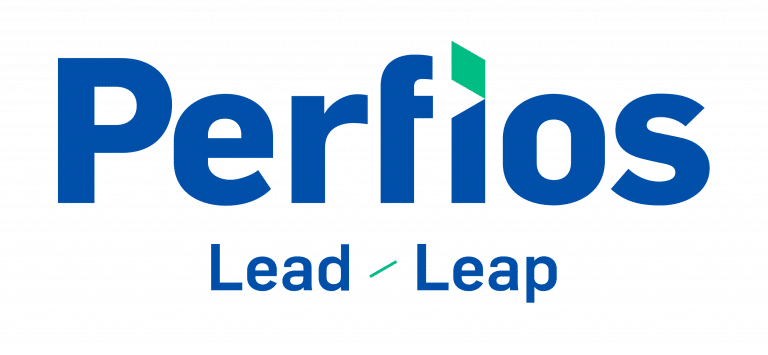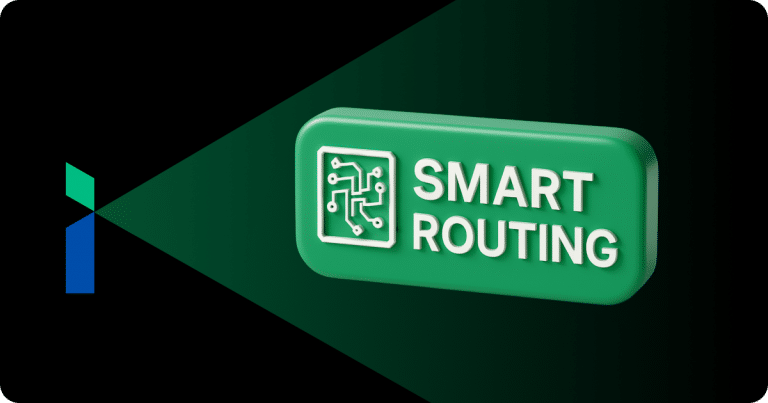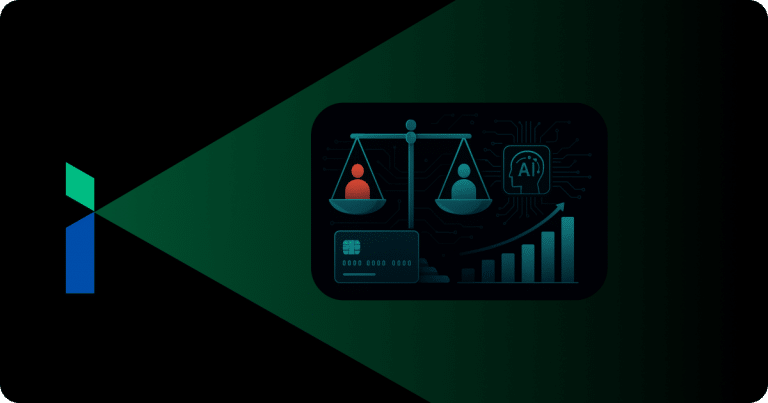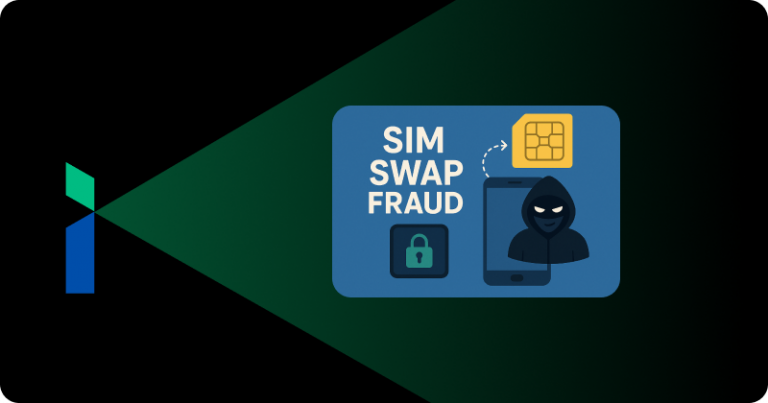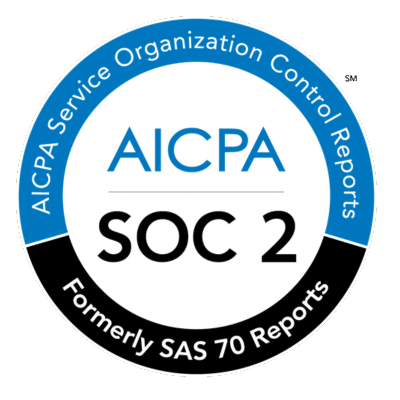Gone are the days when documentation used to mean piling up heaps of paper in the corner of an office. Along with the digital wave came the paper-less tide. Every enterprise today is making the shift towards becoming tech savvy and digital. While this transition is on the way, there’s still an enormous quantum of documents that are vital to the companies and are yet in the paper format. Manual data entry silos continue to exist in a state of not being entirely accurate, efficient or cost & time effective.
In recent times, the swift acceptance of digitization has led to transforming the ‘human touch’ into systematized digital documentations, adopting automation platforms such as Robotic Process Automation (RPA), intelligent automation, process mining, and more. But a paradox still remains: No matter how rapid the technology adoption rate is, the industries are still grappling with tons of sensitive semi, unstructured manual data.
Enter OCR
In today’s tech-driven world, digitization has become a double-edged sword. On the one hand, markets, businesses, and consumers enjoy the plethora of benefits that technology brings to the table. On the other hand, there’s malware incidents and cyber fraud to deal with. With the BFSI industry relying heavily on customer centric data to drive their revenue streams, it becomes the foremost imperative to decode semi and unstructured data accurately.
Amidst the ever-expanding scope of Know-Your-Customer (KYC), processing complex manual documents into a digital format opens up further possibilities in enabling BFSIs to maintain validated customer data. To keep the rising instances of cyber malware and frauds at bay, background checks of the customer portfolios have become a crucial priority for FIs. Manual verification of Officially Valid Documents (OVD) against submitted customer applications has been time tested and proven to be inaccurate, false, cost ineffective and time consuming.
Optical Character Recognition (OCR) technology essentially helps analyze a document’s internal data and decodes them into elements that can be deciphered. The main feature of an OCR process is extracting text from images and scans, rendering them editable as well. This is a huge leap forward in the document digitization space as BFSIs are now equipped with simplified technology that demystifies unstructured/semi-structured data through complex AI algorithms.
Initially, the OCR technology presented a few erroneous data if the original document would be stained, torn or illegible, but the AI behind this innovation has rapidly evolved to an advanced stage where OCR programs now minimize the errors by 95%+ during data conversions. This has assisted and enabled FIs to operate with increased speed, added process flexibility and has given a more acute semblance of control over the traditional document handling methods.
The OCR Use Cases for FIs:
The main use case is just a single, simple one: Going Paperless.
Eliminating manual driven documentation silos, advanced OCR programs facilitate FIs through their intelligent automation. Traditional OCR readers struggled to capture data points from manual documents, images, scans, or speech that were distorted or impaired to begin with. But most firms have heaps of paperwork that is in disused condition, waiting to be sorted, verified, and converted into digital records. Coupling the Application Programming Interface (API) with an evolved OCR program, backed by the “brain” of AI-ML algorithms, is assisting FIs to navigate documentation & verification challenges while doing away with their existing silos.
Perfios offers the best in the industry KYC Optical Character Recognition (OCR) API. This ready-to-use API recognizes and extracts data from popular OVDs, including password protected PDF files, saving time, and eliminating manual error.
The API can further be integrated with existing applications and can receive requests and send responses via JavaScript Object Notation (JSON) files.
The API has use cases across both Process Automation and Fraud Mitigation.
Process Automation Use Case
Within Process Automation, the KYC OCR API focuses majorly on eliminating manual data entry, further supporting FIs in building strongly in the areas of;
~ Customer Acquisition
There are so many manually recorded customer profiles that get lost in translation literally because there simply wasn’t a way to retrieve the data. The KYC OCR API automatically procures, maps and verifies every customer detail mentioned on OVD cards maintained by FIs, with the same customer details available in the filled-out application form, within the shortest time frame possible, upholding the highest levels of accuracy.
~ Merchant Onboarding
The OCR KYC Reader deploys its intelligent document reading capabilities to primarily help on-board distributors and channel partners for Banks and NBFCs.
~ Pre-populate Applicant Details
Normally it is a relief to have a form pre-filled with the existing records history of one’s details instead of painstakingly filling it out manually. For BFSIs, the sheer volume of applicants is staggering in terms of operability. The Perfios OCR API will support pre-populating applicant details, reducing time slippage drastically in case of manual entry.
Fraud Mitigation Use Case
Cyber frauds within the KYC space take creative phishing approaches with a similar end goal; faking/falsifying/manipulating customer records. The Perfios KYC OCR platform helps to mitigate such instances and reduce fraudulent incidents through advanced, encrypted Video-KYC that additionally fetches details from the OVD cards while the Video KYC is under process with an applicant.
Benefits of OCR
Simplifying manual data entries is the main offering by OCR technology, converting texts, supporting edits, and storing data with utmost convenience and ease. The BFSI segment stands to gain in spades from adopting this documentation technology;
● Reduces costs,
● Lowers workflow turn-around-times,
● Accelerates operability and productivity,
● Automated document processing,
● Enhances data security,
● Eliminates manual error,
● Improves customer retention and service.
Special Features of the OCR API
While it has been largely established that the KYC reader is a high speed, accurate digital documentation convertor, there are several features that are unique to this platform, specifically designed to minimize documentation woes of the BFSI sector;
● Allows document upload in form of URL as well as Base 64 text encoding (A-Z, a-z, 0-9 characters), widely used within email attachments,
● Auto recognizes document type (JPEG, JPG, PNG, PDF, TIFF)
● In case of AADHAAR card, AADHAAR number masking/hiding is available,
● Can identify Black & White documents such as non-colour photocopies,
● Can flag blurred documents,
● Can flag incorrect or incomplete/illegible documents,
● Provides confidence score to gauge OCR accuracy.
Documentation Coverage by KYC OCR
● The API covers all major OVD cards and their sub types,
● Currently the OCR program reads AADHAAR, PAN, DL, Passport and Voter ID,
● Reads AADHAAR sub-types: AADHAAR Front Top, AADHAAR Front Bottom, AADHAAR Back and E-AADHAAR,
● Reads Voter sub-type: Voter ID Front, Voter ID Front New, Voter ID Back, Voter ID Back New,
● States supporting OCR reader: All Indian States
Addressing the mounting challenge of managing semi and unstructured data is a thing of the past with technology racing ahead to evolve the AI-ML algorithms within the OCR space. Digitized documentation is in a way a next-gen documentation phase that is an absolute necessity for the BFSI segment to collectively absorb and engage with. AI integrations are woven intricately around every industry today, continuously enhancing capabilities with a singular aim in mind; Maximize automation through intelligent adoptions.
If you’d like to explore how leading BFSIs are approaching intelligent document processing and the value it could deliver for you, we’d welcome the opportunity to talk. Connect with us at connect@perfios.com

